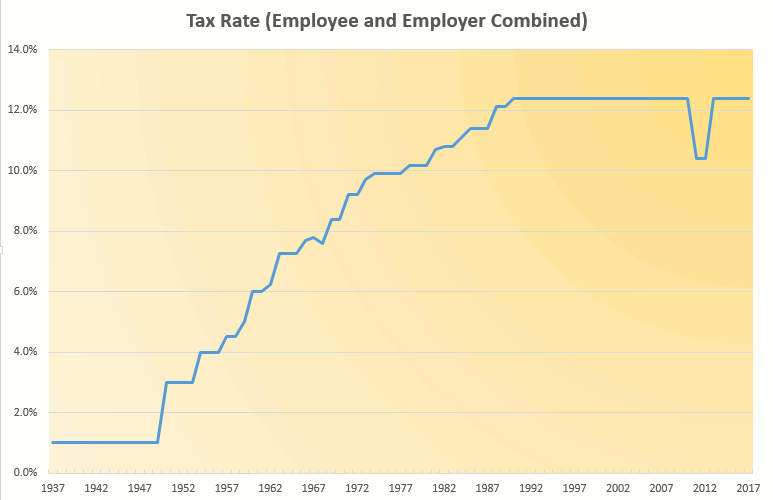 On March 3rd, 1882 Charles Ponzi, the creator of our modern Social Security system was born. The Ponzi Scheme is now used to describe any scam that pays early investors returns from the investments of later investors. In 1935, the U.S. government took Ponzi's ideas and added into it the concept of force.
On March 3rd, 1882 Charles Ponzi, the creator of our modern Social Security system was born. The Ponzi Scheme is now used to describe any scam that pays early investors returns from the investments of later investors. In 1935, the U.S. government took Ponzi's ideas and added into it the concept of force.
A primary trait of Ponzi schemes is that eventually the number of investors collecting money outnumber the number of investors paying into the system. The result is normally a collapse of the system or extremely negative returns on investment.
Due to a combination of factors that include large numbers of people reaching retirement age and drastically lower fertility rates the pyramid scheme is on the verge of collapse. In 1941 there were 41.9 covered workers per beneficiary. Today it is less than 3 workers per beneficiary and is expected to drop to below 2.1 by 2040.
This is not the first time that the Social Security scam has been in trouble. The Social Security scam has been held together so far by forced coercion and continuously increasing premiums. Original investors were forced to pay only 2% of their income, current investors pay 12.4% of their income.
Congress must now consider a drastic overhaul of this scam. Unfortunately if they repeat the mistakes of the past we will only end up paying more in taxes or slashing payments to the elderly.
The original goal of the Social Security program was to aid the poor. There was a large concentration of poverty in elderly populations when Social Security began. Government records on poverty rates only goes back to 1960's when 35% of those over 65 lived below the poverty line. In 2016 it is down to 9% for those over 65, while the overall poverty rate in 2016 was 12.7%. Quite often Social Security benefits are getting paid to wealthy citizens. It has become a means of transferring wealth from a statistically poorer demographic to a statistically richer demographic. We should reconsider social Security as a means of alleviating poverty.
1. Social Security tax rate history. Note the words "employee and employers, each" in the table. To get the true rate of taxation, you must double the amounts shown.

 1
1